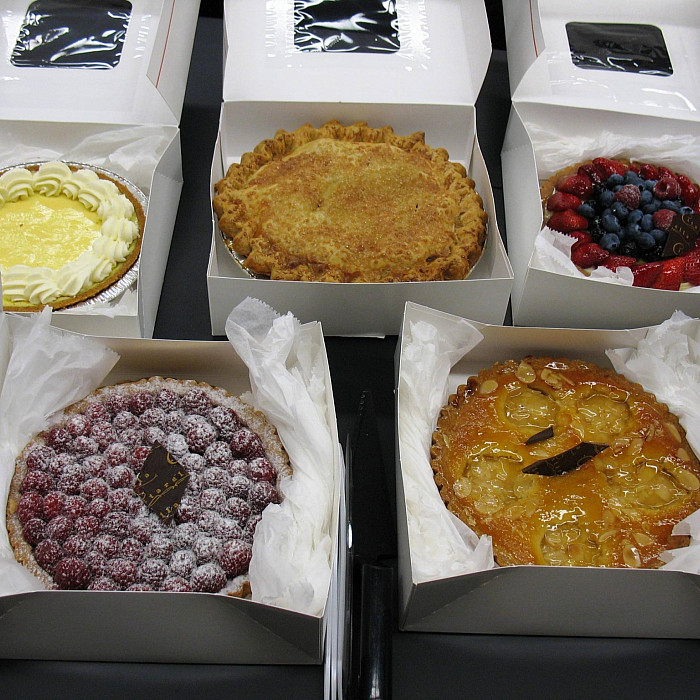Marymount Manhattan Students in Italy Take an Interdisciplinary Look at Food

Surrounded by his students, Marymount Manhattan Chair of the Humanities Division Peter Naccarato, Ph.D., holds a handful of truffles that he and his class hunted on a field trip to a farm in northern Umbria on Saturday as part of the Umbra Institute’s Food Studies Program.
Picking their way carefully over the uneven ground, a group of Umbra Institute students from Marymount Manhattan College followed Bartolini – and the truffle-hunting Sole – as the farmer showed the class around the woods and meadows of his farm, nestled in the Tiber River Valley in northern Umbria, Saturday.
As Sole sniffed out truffle after truffle, Bartolini demonstrated how he used a medieval-looking shovel to carefully dig the fungus from the ground.
“We think of truffles as elite food,” said Bartolini, as he scrubbed a truffle with a toothbrush after the tour. “But it was the hungry farmer who first tried the food on his pasta centuries ago.”
Thirty-six-year-old Bartolini is not only a truffle hunter and farmer but one of Italy’s representatives to the European Union agricultural committee in Brussels. Marymount Manhattan Professor of English Peter Naccarato deemed Bartolini’s tour the ideal field trip for the course he is teaching through the Umbria Institute’s Food Studies Program (FSP) this summer.
“I think today’s truffle hunt offered the opportunity to teach students about a food product that they were perhaps unfamiliar with – from the ground to the plate,” Naccarato said after the class enjoyed a four-course meal made complete with pork cutlets and a rich pasta dish, both cooked with the same truffles they had dug from the ground earlier that day.
“We’ve been spending time talking about Italian food history, and it was just perfect to see Matteo (Bartolini), who has figured out a way to preserve this tradition and also maintain it for the future through agritourism,” Naccarato continued. “Agritourism allows him the opportunity to practice his family’s work … and educate people about where food actually comes from.”
Naccarato’s course, “Mangiamo: Food in Italian and Italian-American Literature and Film,” fulfills the Umbra FSP’s goal to encourage students to think about how, while we eat three times a day, we rarely consider the basic questions of how or what we put in our mouths. Where does the food come from? Is it important that it be “local” or “organic?” What do the labels really mean?
These questions are fundamental to life in our globalized world, according to Umbria Institute’s Food Studies Program Coordinator Zachary Nowak.
In Mangiamo, Naccarato explores the relationship between food and the Italian and Italian-American cultures – and identities – through literary texts and films.
“Today was so fun,” said Marymount Manhattan student Elizabeth Conway ’13. “It reinforced the concepts we’ve discussed in class – but we got to see them working in the real world.”
“It definitely balances out the classroom,” agreed classmate Sarah Germano ’14. “This field trip was a hands-on learning opportunity, from truffle hunting to eating to puppy playing.”
One bus ride through the Italian countryside later, Marymount Manhattan students were back at the Umbra Institute. Umbra is an American study abroad program located in Perugia, a central Italian city known for its chocolate and 35,000 university students.
For more information about the Umbra Institute or its Food Studies Program, contact U.S. Institutional Relations Liaison Rachel Bethany at rbethany@umbra.org or the coordinator of the program, Professor Zachary Nowak at znowak@umbra.org.
Marymount Manhattan College is an urban, independent, liberal arts college. The mission of the College is to educate a socially and economically diverse student body by fostering intellectual achievement and personal growth and by providing opportunities for career development.
Published: June 20, 2012
